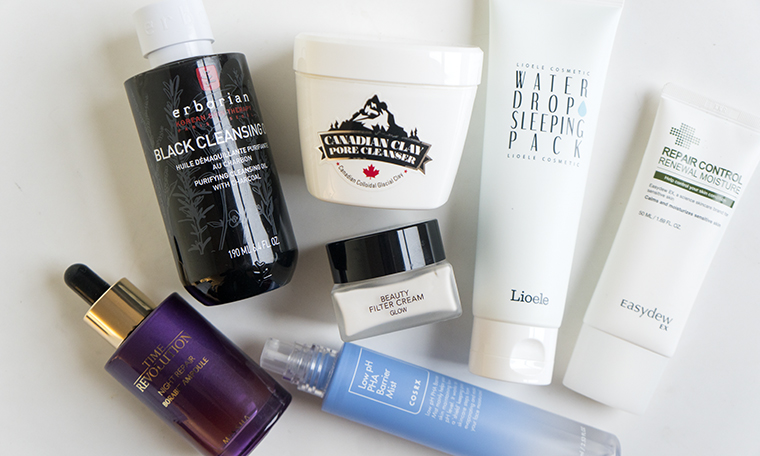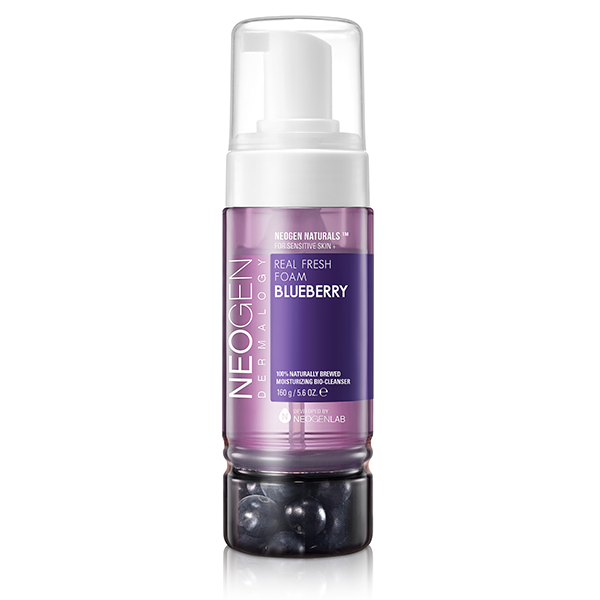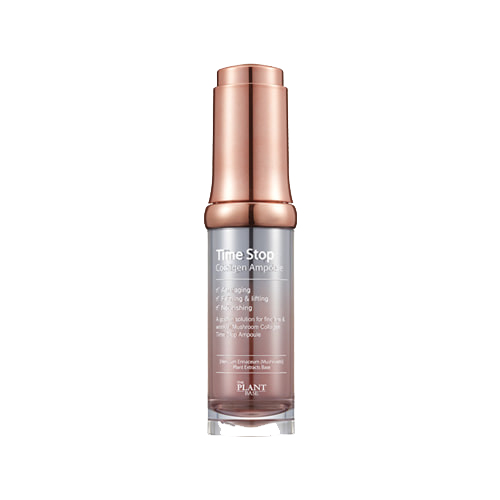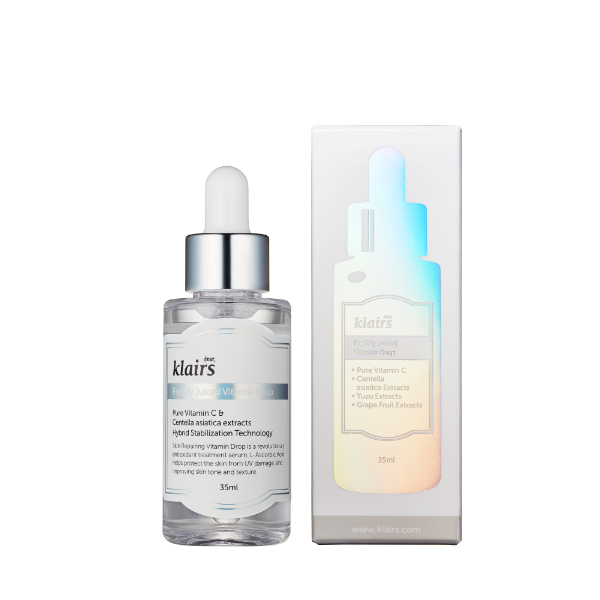There’s never been a better time to know how to read skin care packaging smarter. Learn how to cut through the clutter of Instagram-bait skin care.
You may not be able to judge a book by its cover, but you can judge a skin care product by its label—you just need to know what to look for. Hint: It’s beyond the pretty, #shelfie-ready packaging.
Here, top skin care experts share their tips for decoding ingredient lists and cutting through the marketing jargon so you can fill your medicine cabinet with products that not only look good, but deliver results.
Look at the first four or five ingredients.
The ingredient list of a skin care product can look like a bunch of gibberish, but you don’t have to know what everything is. Instead, just focus on what’s at the top. Because ingredients are listed from highest concentration to lowest, those at the bottom “don’t have much impact on performance,” explains Perry Romanowski, a cosmetic chemist and co-founder of The Beauty Brains.
Say you’re deciding between two similar products at different price points. If the first few ingredients listed are nearly identical, then you know the results will likely be too and can go with the cheaper option.
You can also use this bit of knowledge to discern whether or not the flashy ingredients highlighted on the front of the packaging hold any weight when it comes to the efficacy of a product. Spoiler alert: Most of the time, they don’t.
“Telling consumers that petrolatum—or petroleum jelly—is the moisturizing ingredient is much less compelling then telling them it is the oat protein,” says Romanowski. “Ingredients like vitamins, proteins and natural extracts are put in at low levels and have a minimal impact on the function of the overall product.”
To give you an example, one product with an ingredient list that does live up to its packaging is the Neogen Blueberry Real Fresh Foam Cleanser. Antioxidant-rich blueberry water is listed as the first ingredient, while blueberry fruit lauric acid is third.
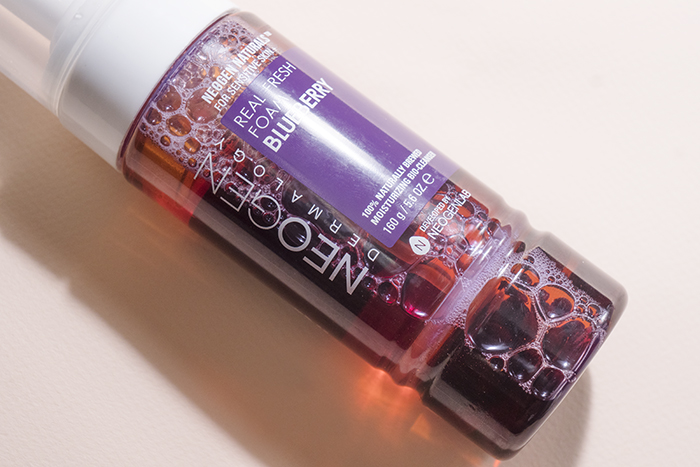
Watch out for misleading and irrelevant claims.
Natural ingredients aren’t always better than their synthetic alternatives. In fact, Bobby Buka, a New York City-based dermatologist and contributing founder and chief science officer of a skin care brand, warns that fragrance-free products often contain good-smelling essential oils that can be just as irritating as perfumes.
Speaking of fragrance-free, a claim that a product is free of chemicals like phthalates can also be deceptive.
“Manufacturers haven’t used phthalates for more than 20 years, and it’s almost impossible to find them on an ingredient list anymore,” says Buka, so brands shouldn’t exactly get gold stars for not including them.
Plus, he warns: “If a chemical becomes known as toxic and consumers attempt to avoid it, it can be subtly altered so that its chemical name changes and disappears from the label while the effect of the ingredient remains the same.”
Be wary of science-y buzzwords.
Brands flaunt ingredients that seem impressive, but can’t actually do what the package leads you to believe. A common one is collagen.
We lose collagen as we get older so a product that contains it may sound like the perfect anti-aging solution. However, Dr. Kenneth Howe of Wexler Dermatology in New York City explains that the molecules can’t actually penetrate the surface of the skin.
“The purported benefit is an illusion. It may feel kind of nice, but it’s never going to [boost] the structure of our skin,” he says.
A better, effective choice is an ingredient that helps stimulate collagen production like mushroom extract, found in The Plant Base’s Time Stop Collagen Ampoule, or vitamin C, found in Klairs Freshly Juiced Vitamin C Serum.
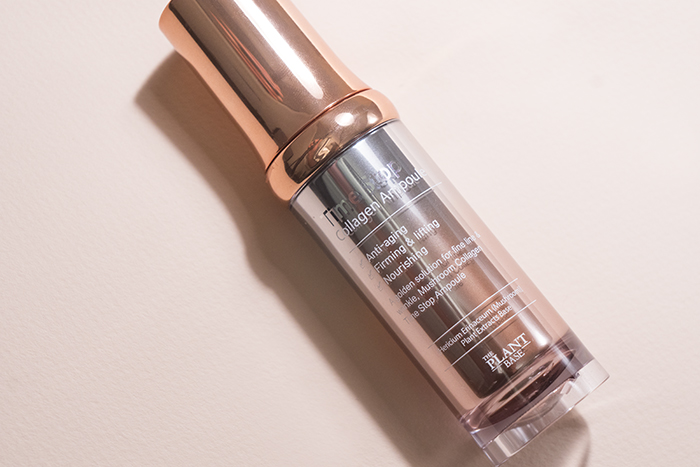
Parabens and other preservatives are not necessarily as bad as we think.
Thanks to a study that claimed that parabens are linked to cancer, the chemicals have been banished from many products, but all of the skin care experts we spoke to point out that due to flaws in the study, this was never actually confirmed.
“Nearly all products are designed to be repeatedly opened and touched by our fingers and stored without refrigeration,” says Howe. “Given conditions like that, it’s not very realistic to look for a product that’s truly preservative-free.”
Know your skin.
Because everyone is different, it’s important to know what ingredients are—and aren’t—a red flag for you.
“Sensitive-skinned individuals, more than anyone, need to be careful. Any number of ingredients can irritate them, such as retinol, vitamin C, or propylene glycol,” says Howe. “Which is not to say that these ingredients are bad in themselves; they just don’t agree with some people.”
Bottom line:
Most skin care labels exaggerate, but still speak the general truth of what the products do, but there are some small(ish) things you should try to always keep in mind to make sure you’re making the best decision for your wallet and your skin.


